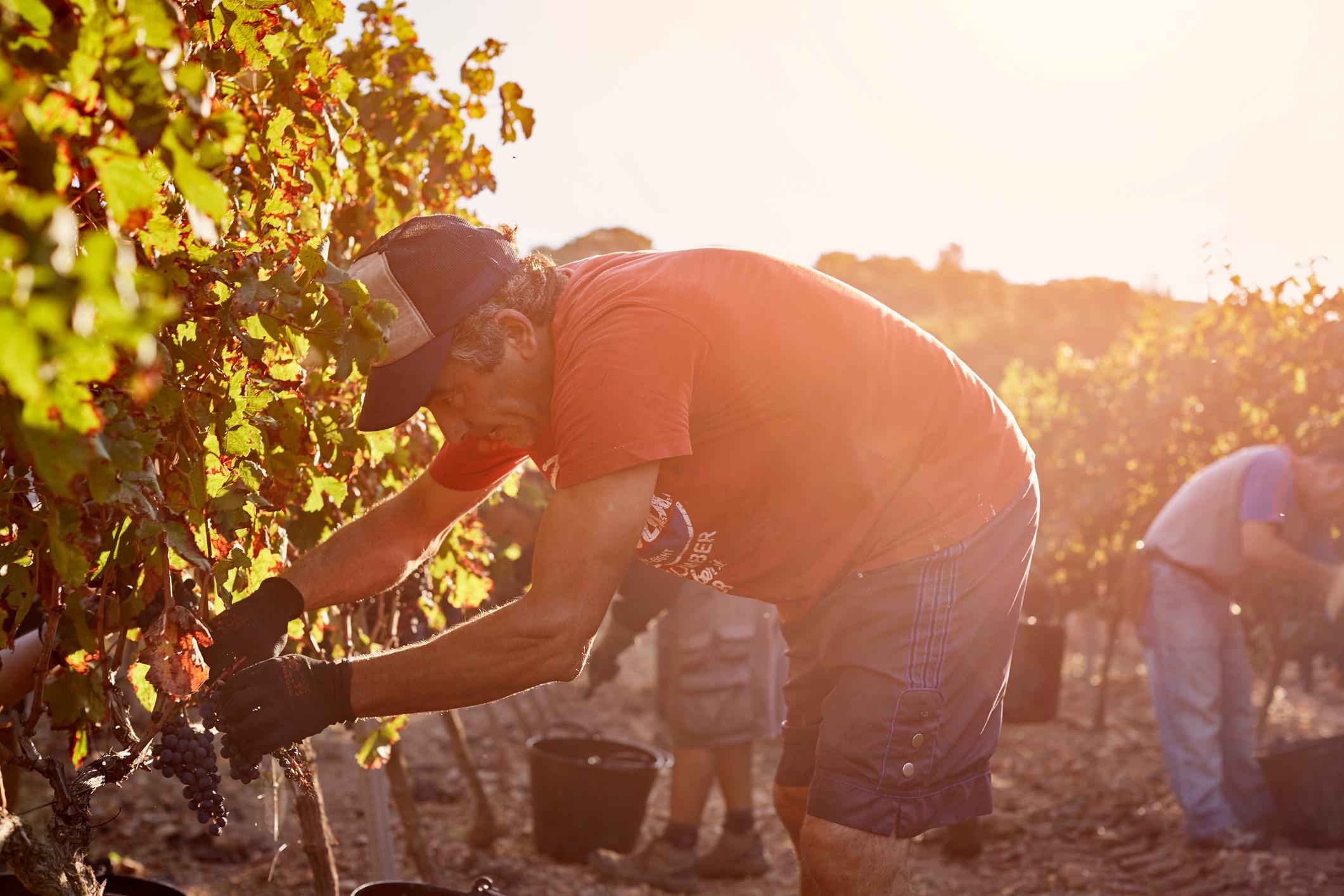Disponible en anglais seulement
The manifestations of climate change - from oppressive heat to torrential floods – can impact vulnerable peoples the most. In this episode of Sustainability Leaders, George Sutherland, BMO Advisor, Climate Change and Sustainability, speaks to Patricia Fuller, Senior Fellow, University of Ottawa Graduate School of Public and International Affairs, about how climate change policies can advance the cause of climate justice both here and around the world.
In this episode:
What is climate justice?
How to build resilience to climate change in vulnerable communities
Bringing the lens of climate justice to climate action
Building infrastructure that considers climate change and climate justice
The role of natural and social infrastructure in mitigating climate change
Sustainability Leaders podcast is live on all major channels including Apple and Spotify
